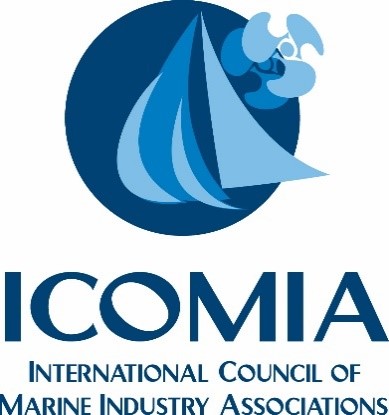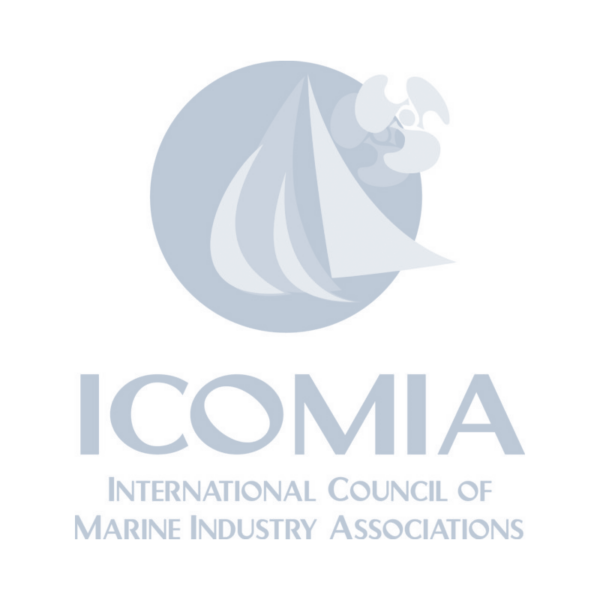Description
In September 2007, the European Confederation of Nautical Industries – ECNI published its first report aiming at identifying and assessing the environmental impact of nautical activities. That first edition took a detailed look at the pollution sources from recreational craft, reviewing in particular the oil and hydrocarbon emissions and their impact on both air and water, the assessment and management of noise, and finally of waste water. The first edition recalled that nearly 80% of the marine pollution is caused by land-based activities and concluded that nautical activities and especially recreational boating were responsible for less than 1% of the overall pollution affecting the marine environment. Nevertheless, the study outlined a number of possible improvements in order to alleviate this minor impact – with professionals in the nautical industry to play a more active role in informing, advising and directing users towards good practices and environmentally friendly products. By commissioning this second edition, the European Confederation of Nautical Industries – ECNI asked its team of consultants to broaden its scope in order to further examine the environmental impact of nautical activities. This second edition is structured in order to follow the life-cycle approach of a boat, and identify its environmental impact from its conception and manufacturing stage, through its useful life and related operations, and concluding with its disposal at the end of life of the boat. The data which were provided in the first edition were updated for this edition. Finally, the team of consultants applied the same approach as for the first edition, i.e. only existing studies and public data were used in an effort to compile in one study the numerous research efforts carried out so far. Part One of this study examines the boat design, its manufacturing process and the related environmental impacts. The issue of the boat’s end-of-life is presented based on a series of national initiatives taken by the nautical industry in various European countries and Japan, leading the discussion to what is today considered the future for our industry: eco-design of boats. In Part Two of the study, the possible environmental impacts are all linked to the boat’s operational life: oil and hydrocarbon emissions, noise, waste water, antifouling paints, garbage, time-expired pyrotechnics, physical damage to the environment and the impact on fish stocks. Additionally, the study examines the environmental impact of marinas and mooring facilities, both at the creation stage of such essential infrastructures, during maintenance operations such as dredging and operational activities.

